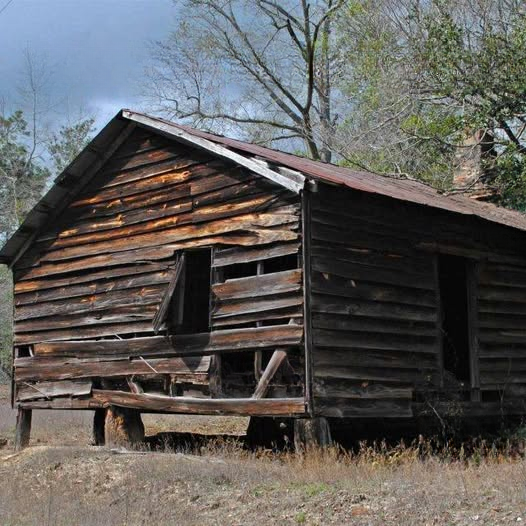In the past, interactions between barn owls and farmers were a vital aspect of rural life.
Farmers believed that barn owls were excellent at controlling pests, so they created nest boxes within their barns. This practice blended traditional skills with a deep understanding of the natural environment.
Even though these efforts predated modern conservation programs, they reflected the farmers’ respect for nature’s balance and their willingness to welcome these natural predators onto their farms.
Farmers made these nest boxes using materials they had on hand, like wood and straw.
They ensured the boxes were functional, with proper ventilation and drainage, to ensure the owls’ safety and comfort.
These nesting spaces were placed in the lofts, rafters, and quiet corners of barns, allowing farm activities to continue while providing owls with a suitable environment.
Today, building barn owl nest boxes remains a cherished family tradition, evolving with each new generation.
This practice was more than just pest control; it represented environmentally conscious farming and a commitment to preserving agricultural traditions, highlighting the long-standing relationship between humans and the natural world.
